Researchers have learned what the dinosaur ate
Scientists have discovered the first fossilized remains of a tyrannosaurus, in the stomach cavity of which its last meal was perfectly preserved.
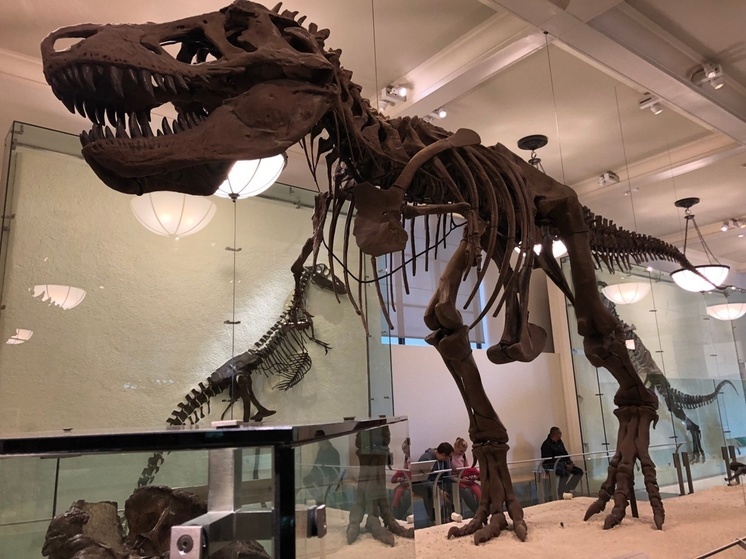 Tyrannosaurus at the American Museum of Natural History in New York.
Tyrannosaurus at the American Museum of Natural History in New York.
What was on the menu of the creatures that lived on Earth 75 million years ago? The hind legs of two baby dinosaurs, according to a new fossil study published Friday in the journal Science Advances.
Dinosaur entrails and hard evidence of their diet are rarely preserved in the fossil record, and this is the first time stomach contents have been discovered. Tyrannosaurus, CNN reports.
What makes this discovery particularly exciting is co-author Darla Zelenicki, a paleontologist and assistant professor at the University of Calgary in Alberta.
“Tyrannosaurs are large carnivorous species that roamed Alberta and North America during the Late Cretaceous period. These were the iconic apex predators that we have all seen in films, books and museums. They walked on two legs and had very short arms,” Zelenicki says. – It was a cousin of the Tyrannosaurus rex, which appeared later in time, 68-66 million years ago. Tyrannosaurus is the largest of the tyrannosaurs, Gorgosaurus was slightly smaller, perhaps in adulthood it would have been 9-10 meters.
The tyrannosaurus in question, a young Gorgosaurus libratus, weighed about 350 kilograms — less horse — and reached 4 meters in length at the time of death.
According to Zelenicki, the creature was between 5 and 7 years old and was apparently picky about what it ate: “Its last and second to last meal was these little bird-like dinosaurs, Citipes, and the Tyrannosaurus only ate the hind limbs each of these mining targets. There are no other skeletal remains of these predators in the stomach cavity. These are just the back legs. «He must have killed… both of these dinosaurs at different times, and then tore off the back legs and eaten them, leaving the rest of the carcasses,» she added. “Apparently, this teenager had an appetite for drumsticks.”
Researchers determined that both baby dinosaurs belonged to the species Citipes elegans, and they were less than 1 year old when the Tyrannosaurus rex tracked them down and gobbled them up.
A nearly complete skeleton was found at the Alberta Dinosaur Provincial Park in 2009, CNN notes.
It wasn't immediately obvious that the T. rex's stomach contents were preserved, but staff at the Royal Tyrrell Museum in Drumheller, Alberta, noticed small protrusions bones while preparing the fossil in the laboratory and removed it from the chest for a closer look.
“Lo and behold, in its stomach were the entire hind legs of two baby dinosaurs, both less than a year old,” said one of the lead authors, Francois Therrien, curator of dinosaur paleoecology at the museum, in a statement.
Palaeontologists were able to determine the age both the predator and its prey by analyzing thin sections taken from the fossilized bones.
“There are growth marks that look like the rings of a tree. And we can essentially determine how old a dinosaur is by looking at them, at the bone structure,” explains Zelenicki.
The fossil provides the first definitive evidence for the long-hypothesized diet of large carnivorous dinosaurs, said paleoecologist Kat Schroeder, a graduate student in the Department of Earth and Planetary Sciences at Yale University who was not involved in the study.
The teenage Tyrannosaurus didn't eat like that. like his parents. Paleontologists believe that his diet changed throughout his life.
“Large, robust tyrannosaurs like Tyrannosaurus Rex have enough bite force to hit bone when they eat, which is why we know they bit megaherbivores like Triceratops,” Schroeder points out. “Young tyrannosaurs can't bite as deep and therefore don't leave as much evidence of feeding.”
She said scientists had previously hypothesized that the diet of young tyrannosaurs was different from that of fully developed adults, but The fossil find marks the first time researchers have obtained direct evidence.
“Combined with the relative rarity of juvenile tyrannosaur skeletons, this fossil is very important,” adds Schroeder. “Teeth can tell us a lot about the diet of extinct animals, so finding stomach contents is like finding the proverbial smoking gun.”
The contents of the Tyrannosaurus's stomach cavity showed that at this stage of life, the juveniles hunted fast, small prey. This was likely because the predator's body was not yet adapted for larger prey, says Darla Zelenicki: «It's well known that tyrannosaurs changed a lot as they grew, from slender forms to these tough, bone-crushing dinosaurs, and we know that this change was associated with feeding behavior.”
When the dinosaur died, its mass was only 10% that of an adult Gorgosaurus, she said. The insatiable appetite of juvenile tyrannosaurs and other carnivores was thought to explain the puzzling feature of dinosaur diversity.
The fossil record contains relatively few small and medium-sized dinosaurs, especially those dating back to the mid-to-late Cretaceous period — something paleontologists have determined is due to hunting activity of young tyrannosaurs.
“In the Alberta Dinosaur Provincial Park, where this sample is from, we have a very well sampled formation. And so we have a pretty good idea of the ecosystem there. “More than 50 species of dinosaurs,” Zelenicki says. “We don't have enough medium-sized predators in this ecosystem.” So, yes, it has been hypothesized that young tyrannosaurs filled this niche.”








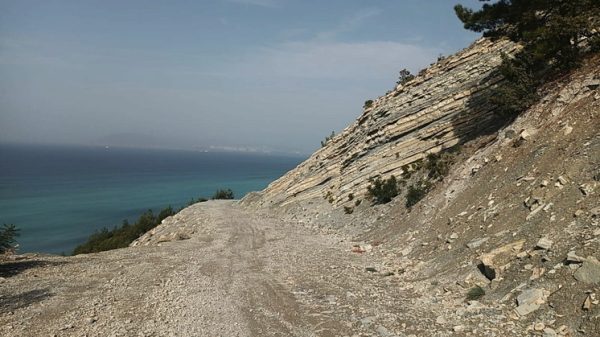



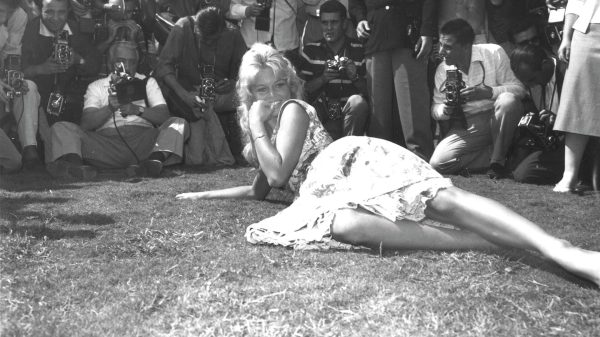
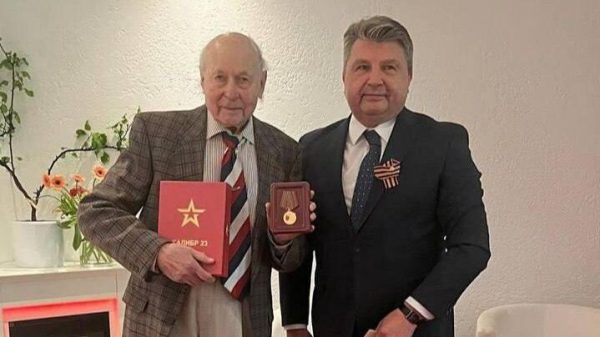
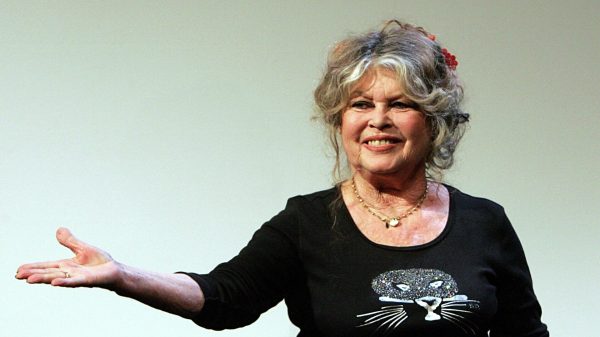
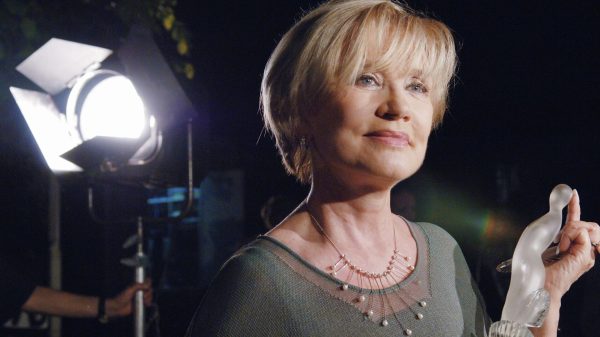



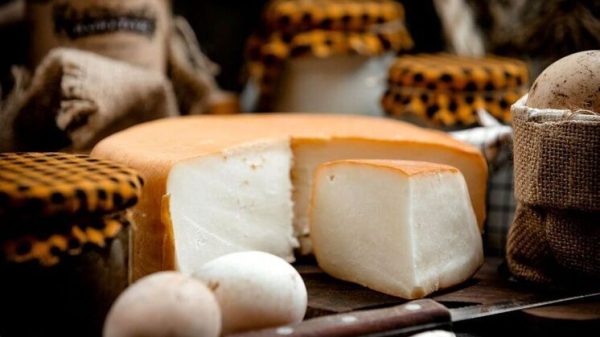
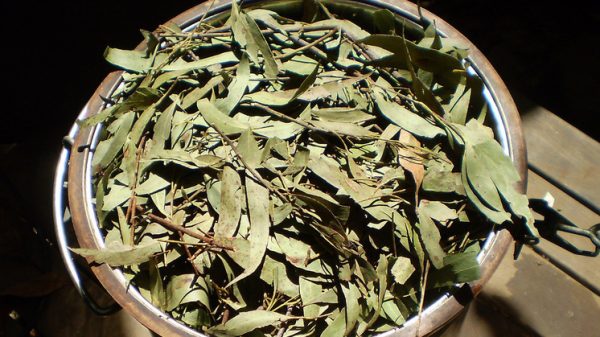













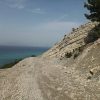





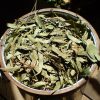














Свежие комментарии